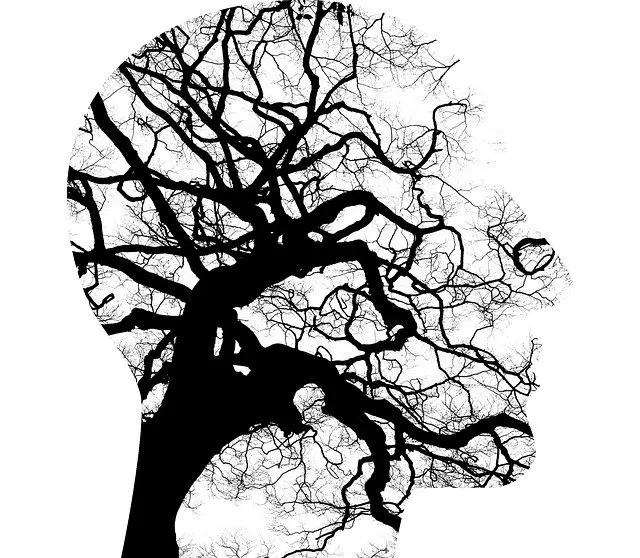About
Content

This course is a six-week self-help program for mental health in IT.
For the best experience, its chapters should be read in order, at a
rate of one per week, so you can fully digest and implement what you
learn over that week.
Chapters
- The first chapter on stress discusses the neurobiology of our stress reflex and what that teaches us about the optimal tools for stress management.
- The next chapter talks about the influence of anxiety and fear in our day to day lives, and the road to unlearning and erasing fear from our minds and bodies.
- The third chapter completes the discussion of our so-called our negative emotional systems, by looking at anger and the way it can help us anger overcome fear and anxiety.
- The fourth chapter is about fatigue and other physical ailments (illness, chronic pain, indigestion, ...) that tend to go hand in hand with mental health issues.
- The penultimate chapter deals with conflict and interpersonal relations in general, offering insights for both those who avoid conflict and those who usually find themselves in the midst of it.
- The last chapter is about burnout — an umbrella term that offers the opportunity to talk about motivation, statisfaction and inspiration.
Approach
All chapters follow the same approach:
- What
- Why
- How
- Exercise
- Inspiration
After a definition of the topic and a discussion of its
neurobiological and emotional background (What?), the course
talks about the therapeutic importance of dealing with this specific
issue (Why?).
The next section offers practical tools and techniques to accomplish
this (How?), followed by an assignment that will help you
change your thought patterns and break bad habits (Exercise).
Each chapter is concluded by a list of podcasts, YouTube videos,
books or websites for further learning and awareness
(Inspiration).
Self-help
This course is designed as a tool for self-help.
I am a firm believer in the power of change, but I also believe that
only you are capable of making that change and sustaining it.
In this way, a self-help program stimulates a sense of
accountability. Fundamentally, we are responsible for
guarding our mental health at the workplace, not our employers.
Disclaimer
This website contains a self-help course for mental health and should be used accordingly.
If you have urgent mental health care needs, you should turn to a psychiatrist or psychotherapist instead. If you have medical questions, you should discuss these with a licensed health care provider.
If you have any questions regarding this, you can contact the psychiatric group practice Brainmanagement.
Personal experience

This course is written by me,
Tom
— a
software engineer
with a strong interest in neuroscience and emotional therapy,
married (with two kids) to a fantastic wife, who just so happens to
be a psychotherapist...
I developed this interest after a long history of lack of
self-esteem, impostor syndrome and anxiety. All of which, I can
honestly say, are now well and truly in the past. I've done
systemic
therapy,
Gestalt
,
body-oriented
therapy,
group
sessions, and so on — so I know my way around.
If you want to know more about my story, you can read about it in
this blog post:
The important thing for you to know is that I've been there. I know
what you are going through and I know the business you're working
in. And even though mental health issues can seem insurmountable,
I'm here to tell you that
things can change for you too!
Evidence-based
Apart from my personal, trial-and-error, experience, this course is
firmly based in science and discusses evidence-based tools and
techniques.
It is especially rooted in
affective neuroscience
as developed by
Jaak Panksepp, and put into therapeutic practice by Dr.
Tom Herregodts, whose handbook on emotional therapy and brain management is also
available for free as
PDF
or
EPUB.
Another point of reference is the work of neuroscientist
Andrew Huberman, Ph.D..
